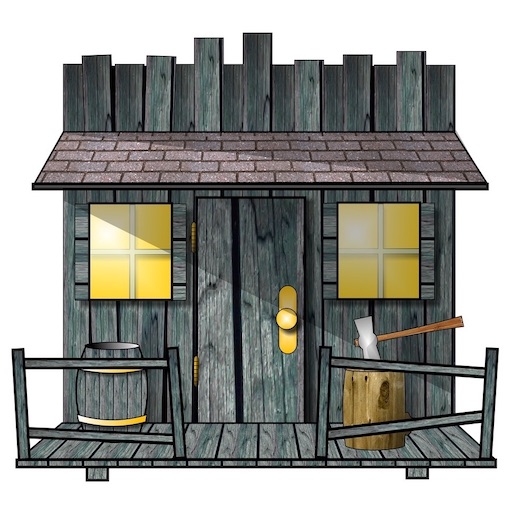Sometimes I get obsessed by tiny little aspects of the hobby and just have to write about it. In detail. A lot of detail, after endless hours of research. This time I’m picking on hills. You see hills were a thing in the South American Wars of Liberation – my current favourite period. A lot the battles featured at least one big hill e.g. Battle of Maipo. This hilly tendency could be extreme e.g. the Battle of Vargas Swamp was fought predominately on the slopes of a single giant hill and half the table top is covered in hills. Bolivar’s Very Bad Day, my Liberators variant of Tilly’s Very Bad Day, is going to have to cope with a lot of hills.
Unfortunately, hills are horrible in wargames rules. I’ve not seen any set of wargaming rules that cope with them really well, sadly, not even my own Tilly’s Very Bad Day. Certainly not my beloved Crossfire where hills are tiny mesas. I could have left it there, but I felt an obsessive urge to prove my claim of “horrible” so I got out a bunch of my wargaming rules, read the section on hills, and used a standard set of questions to test how well the rules handled hills. Here is what I found. It is horrible but there glimmers of genius.











